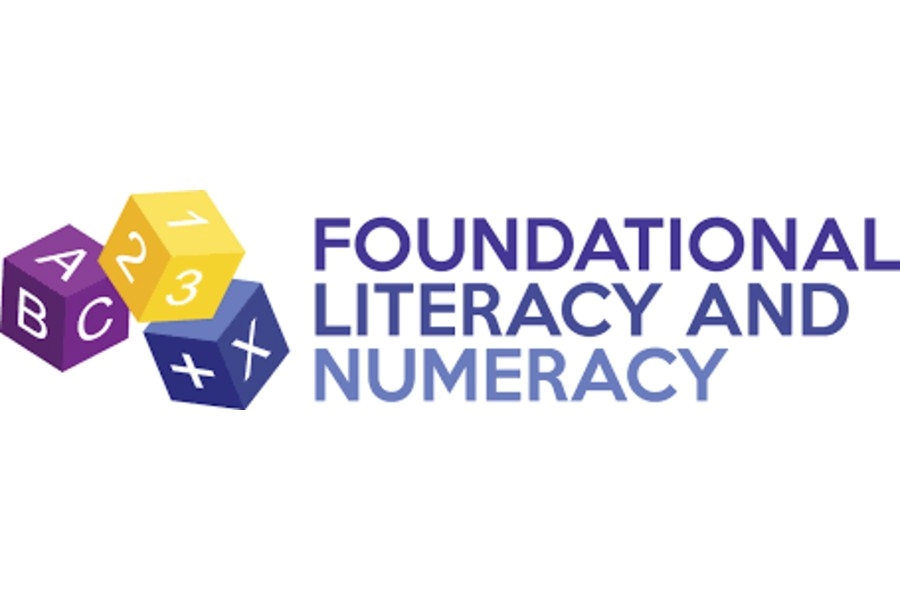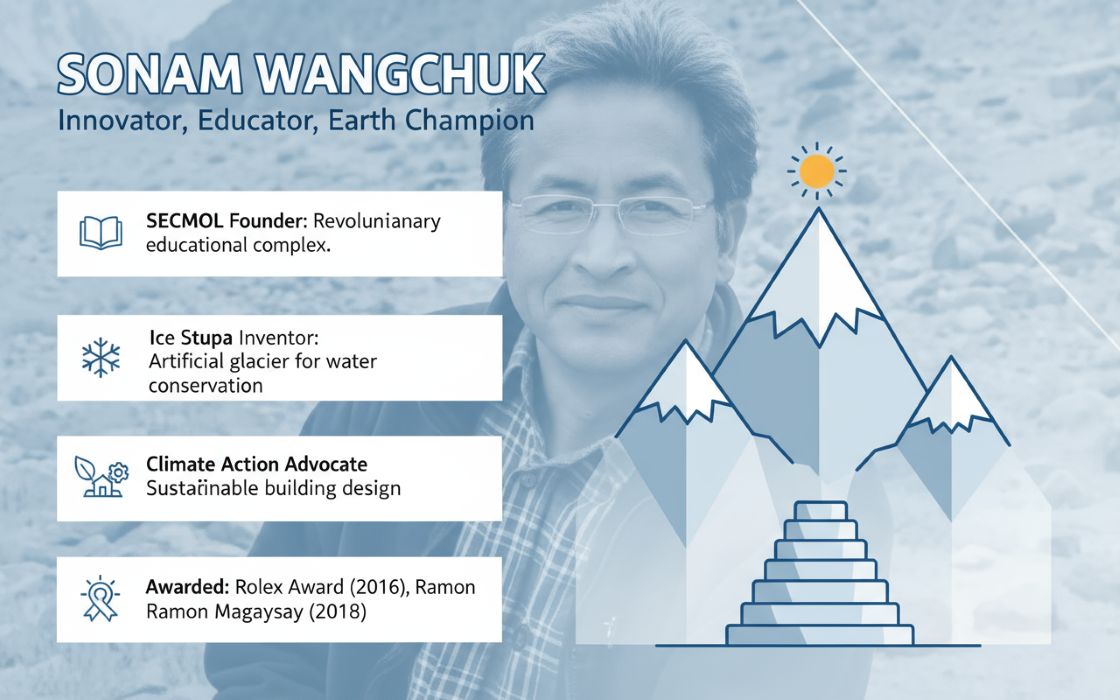In this special interview, TheCSRUniverse is in conversation with Prof. Tufan K Guha, Assistant Professor at the Department of Aerospace Engineering, IIT Kanpur about a remarkable, time-tested initiative of the Institute that has the potential to be replicated on a much larger scale. Prof. Guha speaks with quiet conviction about the Opportunity School—a unique institution on the IIT Kanpur campus that has, since 1964, been transforming the lives of children from economically disadvantaged backgrounds.
 In this conversation with TheCSRUniverse, he discusses how the school’s ethos of “value-based education, driven by the spirit of service” translates into tangible outcomes—from the cost-effective Panchamrit meal initiative to expanding academic offerings up to Class 10. Prof. Guha reflects on the school’s role as a bridge between IITK’s resources and the surrounding community, the growing enrolment of girl students, and the active involvement of faculty, alumni, and students. His vision extends beyond Kanpur: to see the Opportunity School model inspire institutions across India to combine academic excellence with deep-rooted social responsibility.
In this conversation with TheCSRUniverse, he discusses how the school’s ethos of “value-based education, driven by the spirit of service” translates into tangible outcomes—from the cost-effective Panchamrit meal initiative to expanding academic offerings up to Class 10. Prof. Guha reflects on the school’s role as a bridge between IITK’s resources and the surrounding community, the growing enrolment of girl students, and the active involvement of faculty, alumni, and students. His vision extends beyond Kanpur: to see the Opportunity School model inspire institutions across India to combine academic excellence with deep-rooted social responsibility.
Scroll down to read the full interview:
Q. Since its founding in 1964, the Opportunity School has grown into a vital bridge between IIT Kanpur and the surrounding community. How has the school’s vision evolved over the decades, and what remains at its core today?
A. The Opportunity School is driven by a simple yet profound vision, a desire to help — which remains at the heart of everything we do. Our aim is to provide quality education to economically underprivileged children living in and around the IIT Kanpur campus. This education extends beyond academics, nurturing cultural and moral values while fostering a deep sense of environmental responsibility. The school’s mission echoes the larger vision of IIT Kanpur, rooted in inclusive growth, social responsibility, and holistic development. “मूल्यआधारितशिक्षा — सेवाभावसेप्रेरित।“
Q. In an era where access to education is still uneven, what does “opportunity” truly mean to your school, and how do you ensure it reaches the children who need it most?
A. Opportunity School engages directly with the local community at the ground level. We conduct rigorous background checks to identify candidates who would truly benefit from this initiative. This also enables us to extend financial support to eligible students.
Q. How do you see the unique environment of the IIT Kanpur campus influencing both the quality of education and the aspirations of students at the Opportunity School?
A. IIT Kanpur, being a premier educational institution, creates an inspiring atmosphere that constantly motivates our students. Frequent visits by distinguished alumni, who engage with our students, serve as a powerful source of encouragement. This vibrant community is not just supporting education—it is shaping futures. The close proximity to IIT Kanpur opens up a world of opportunities, giving students better access to resources and helping them plan and prepare for their future more effectively.
Q. With the Panchamrit initiative addressing the critical issue of children attending school on empty stomachs, what impact have you observed on attendance, attentiveness, or learning outcomes since its implementation?
A. There has been a noticeable improvement in student engagement in the classroom, with children showing increased focus during lessons. Daily attendance—particularly in classes KG to 5—has improved, with a marked reduction in absenteeism. Additionally, some students who appeared physically weak earlier have shown signs of healthy weight gain. The students have also developed an understanding of the importance of nutritious food. While there was initial hesitation in trying certain items, they are now eager to taste every new dish served to them.
Q. ₹20 per student per month is remarkably efficient. Could you share the operational model behind Panchamrit and how such wide participation—from faculty to mess workers—was cultivated?
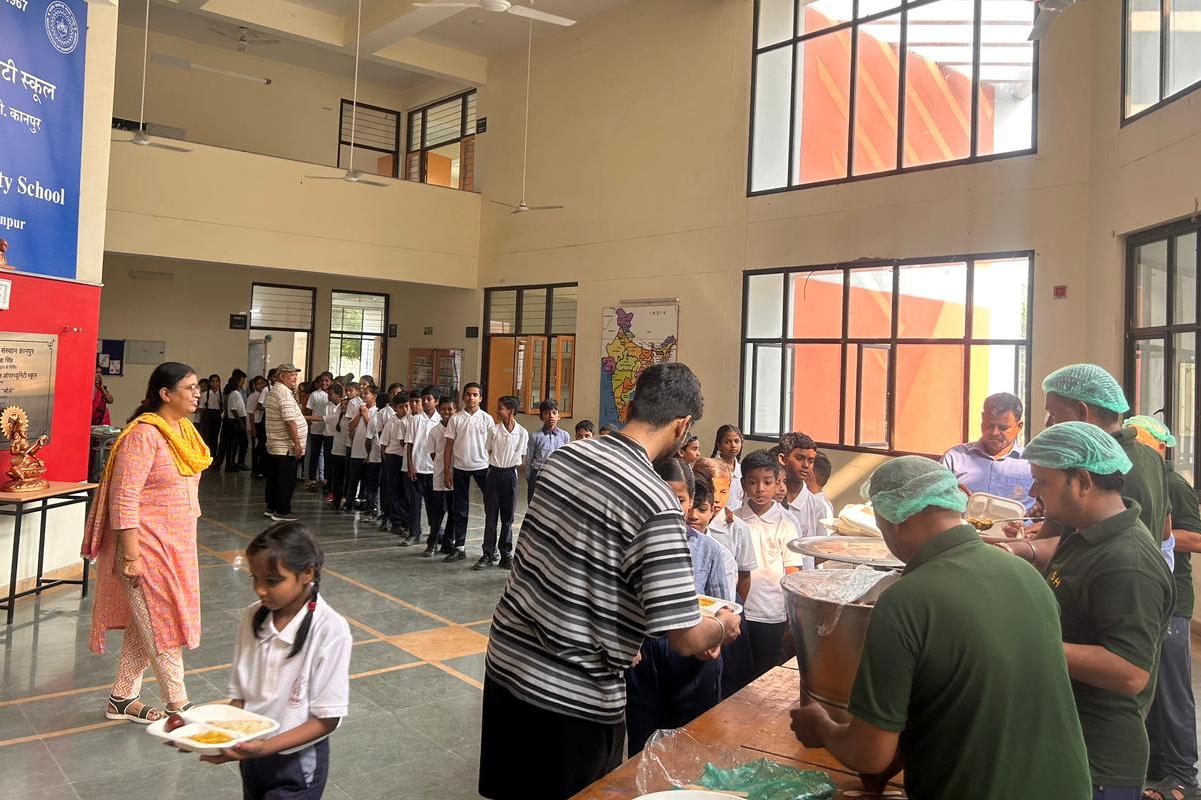 A. The monthly cost of serving one meal per month at the Opportunity School is approximately Rs. 12000. The amount, when divided among the 600 residents of Hall-5, comes to Rs. 20 per student per month. The value is approximately the same for other halls which are participating in the program. The low cost makes the program highly financially viable. The reason behind the low cost is that raw materials, like rice, wheat, kidney beans, and chickpeas, used to prepare the meals are relatively cheap when bought in bulk. The community at IIT Kanpur is dedicated to the service of our nation, whether through technological innovations or social initiatives. There is a long history of such small and large-scale initiatives by its members. The urge to help the students and the idea to develop and execute a sustainable plan developed from that ethos of the campus. All members associated with this program, including hall students, hall staff, hall wardens, and the teachers and chairman of the Opportunity School, were self-motivated and gave their best to make this program a success.
A. The monthly cost of serving one meal per month at the Opportunity School is approximately Rs. 12000. The amount, when divided among the 600 residents of Hall-5, comes to Rs. 20 per student per month. The value is approximately the same for other halls which are participating in the program. The low cost makes the program highly financially viable. The reason behind the low cost is that raw materials, like rice, wheat, kidney beans, and chickpeas, used to prepare the meals are relatively cheap when bought in bulk. The community at IIT Kanpur is dedicated to the service of our nation, whether through technological innovations or social initiatives. There is a long history of such small and large-scale initiatives by its members. The urge to help the students and the idea to develop and execute a sustainable plan developed from that ethos of the campus. All members associated with this program, including hall students, hall staff, hall wardens, and the teachers and chairman of the Opportunity School, were self-motivated and gave their best to make this program a success.
Q. Opportunity School is now planning to expand up to Class 10. What are some academic, infrastructural, or policy-level challenges you're preparing for as part of this growth?
A. Yes, we have a plan to expand the school up to Class 10. Phase 2 of the school building is in the final stages of approval, and facilities like the science and computer labs are already operational. We are also in the process of drafting policies in alignment with CBSE regulations to ensure a smooth transition and compliance.
Q. Girls now outnumber boys in enrolment—a notable milestone. What strategies or social shifts do you believe contributed to this change, and how does the school support the continued education of girl students beyond primary levels?
A. A notable change in enrolment of girls has been due to awareness of parents towards education, safe environment and regular communication of school staff. We constantly speak to the support staff to ensure all the students coming to our premises are taken care of and feel welcomed.
Q. Could you provide data on current enrollment, student retention, and post- school outcomes—such as how many students transition to mainstream schools or vocational training after leaving Opportunity School?
A. We have around 300 students, and only about 2–3% leave due to family constraints — some return to their parental homes, while others are compelled by family pressures. Almost all our students continue their education at schools outside the campus to complete their studies. A significant number pursue undergraduate courses in fields like Nursing, ITI, Arts, Commerce, and Science. Those who are unable to continue formal education often take up vocational professions.
Q. What role does the broader IITK community—students, faculty, or alumni—play in the daily life or long-term development of the school? Are there specific programs or collaborations in place?
A. At the Opportunity School, we are constantly reminded that we are not alone in our mission. The unwavering support from the IIT Kanpur campus community continues to play a transformative role in shaping the lives of our students. Faculty members and volunteers regularly go above and beyond their academic responsibilities to organize enriching workshops and interactive learning sessions. These sessions—ranging from single-day events to week-long programs—expose our students to cutting-edge developments in science, technology, and innovation, offering them insights into worlds they may not otherwise encounter.
The commitment of the campus community extends well beyond time and effort. A significant number of faculty and staff contribute a fixed portion of their salaries to support the school. In addition, many step forward with one time donations to meet specific needs—whether it’s furniture, school uniforms, T-shirts, books, sports equipment, water dispensers, or stationery. Their generosity ensures that no requirement goes unmet. The IITK Alumni network has been a pillar of support. Scholarships for academically promising students—both within the school and beyond through the Beyond Opportunity School Scholarship (BOSS) initiative—have opened doors to brighter futures. Alumni contributions help sustain key programs such as the mid-day meal scheme, procurement of books, and teacher salaries. The very building that houses the school, along with the newly added state-of-the-art Science and Computer labs, stand as enduring symbols of their generosity.
Q. Looking ahead, how do you envision the Opportunity School becoming a model for other institutions across India in combining academic excellence with deep-rooted social responsibility?
A. Inspired by our core mission — the desire to help — we would be deeply honoured to see this model embraced by other premier institutions of our country, so that together, we can bring lasting change and hope to countless lives.



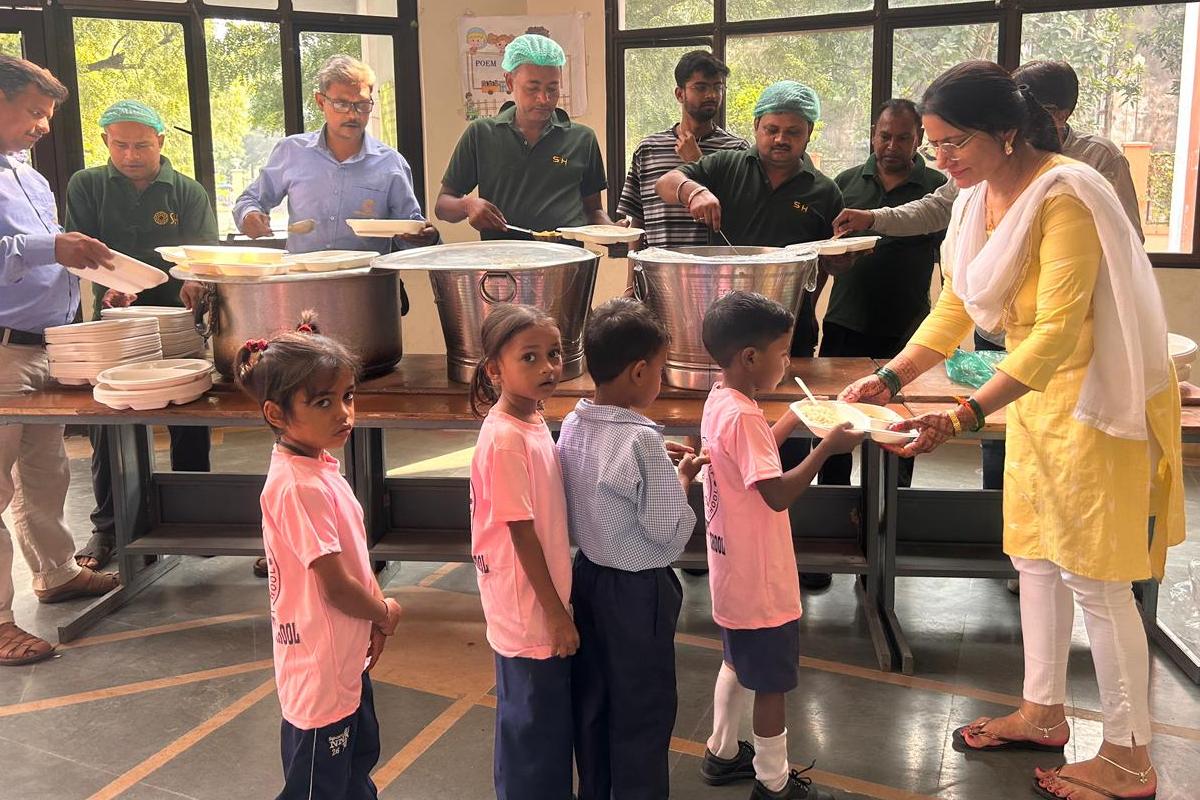
 In this conversation with TheCSRUniverse, he discusses how the school’s ethos of “value-based education, driven by the spirit of service” translates into tangible outcomes—from the cost-effective Panchamrit meal initiative to expanding academic offerings up to Class 10. Prof. Guha reflects on the school’s role as a bridge between IITK’s resources and the surrounding community, the growing enrolment of girl students, and the active involvement of faculty, alumni, and students. His vision extends beyond Kanpur: to see the Opportunity School model inspire institutions across India to combine academic excellence with deep-rooted social responsibility.
In this conversation with TheCSRUniverse, he discusses how the school’s ethos of “value-based education, driven by the spirit of service” translates into tangible outcomes—from the cost-effective Panchamrit meal initiative to expanding academic offerings up to Class 10. Prof. Guha reflects on the school’s role as a bridge between IITK’s resources and the surrounding community, the growing enrolment of girl students, and the active involvement of faculty, alumni, and students. His vision extends beyond Kanpur: to see the Opportunity School model inspire institutions across India to combine academic excellence with deep-rooted social responsibility. A. The monthly cost of serving one meal per month at the Opportunity School is approximately Rs. 12000. The amount, when divided among the 600 residents of Hall-5, comes to Rs. 20 per student per month. The value is approximately the same for other halls which are participating in the program. The low cost makes the program highly financially viable. The reason behind the low cost is that raw materials, like rice, wheat, kidney beans, and chickpeas, used to prepare the meals are relatively cheap when bought in bulk. The community at IIT Kanpur is dedicated to the service of our nation, whether through technological innovations or social initiatives. There is a long history of such small and large-scale initiatives by its members. The urge to help the students and the idea to develop and execute a sustainable plan developed from that ethos of the campus. All members associated with this program, including hall students, hall staff, hall wardens, and the teachers and chairman of the Opportunity School, were self-motivated and gave their best to make this program a success.
A. The monthly cost of serving one meal per month at the Opportunity School is approximately Rs. 12000. The amount, when divided among the 600 residents of Hall-5, comes to Rs. 20 per student per month. The value is approximately the same for other halls which are participating in the program. The low cost makes the program highly financially viable. The reason behind the low cost is that raw materials, like rice, wheat, kidney beans, and chickpeas, used to prepare the meals are relatively cheap when bought in bulk. The community at IIT Kanpur is dedicated to the service of our nation, whether through technological innovations or social initiatives. There is a long history of such small and large-scale initiatives by its members. The urge to help the students and the idea to develop and execute a sustainable plan developed from that ethos of the campus. All members associated with this program, including hall students, hall staff, hall wardens, and the teachers and chairman of the Opportunity School, were self-motivated and gave their best to make this program a success.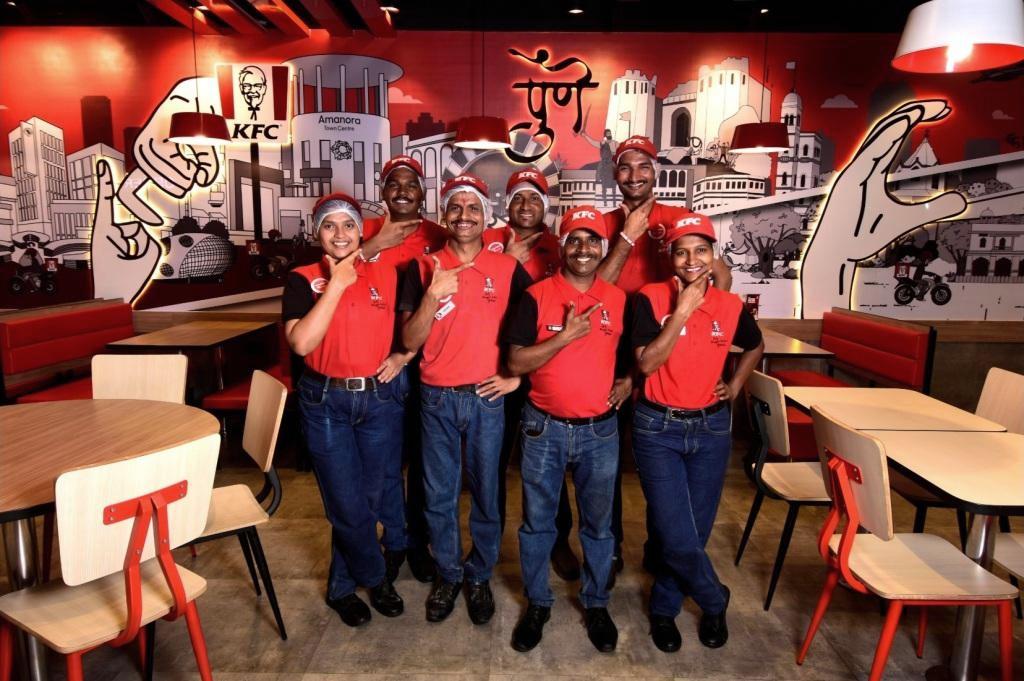

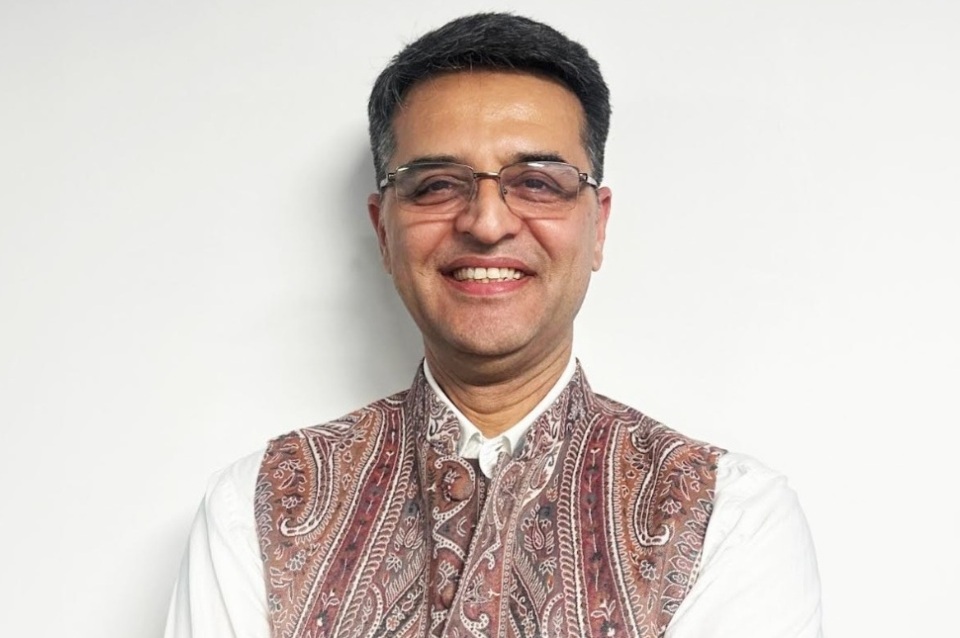
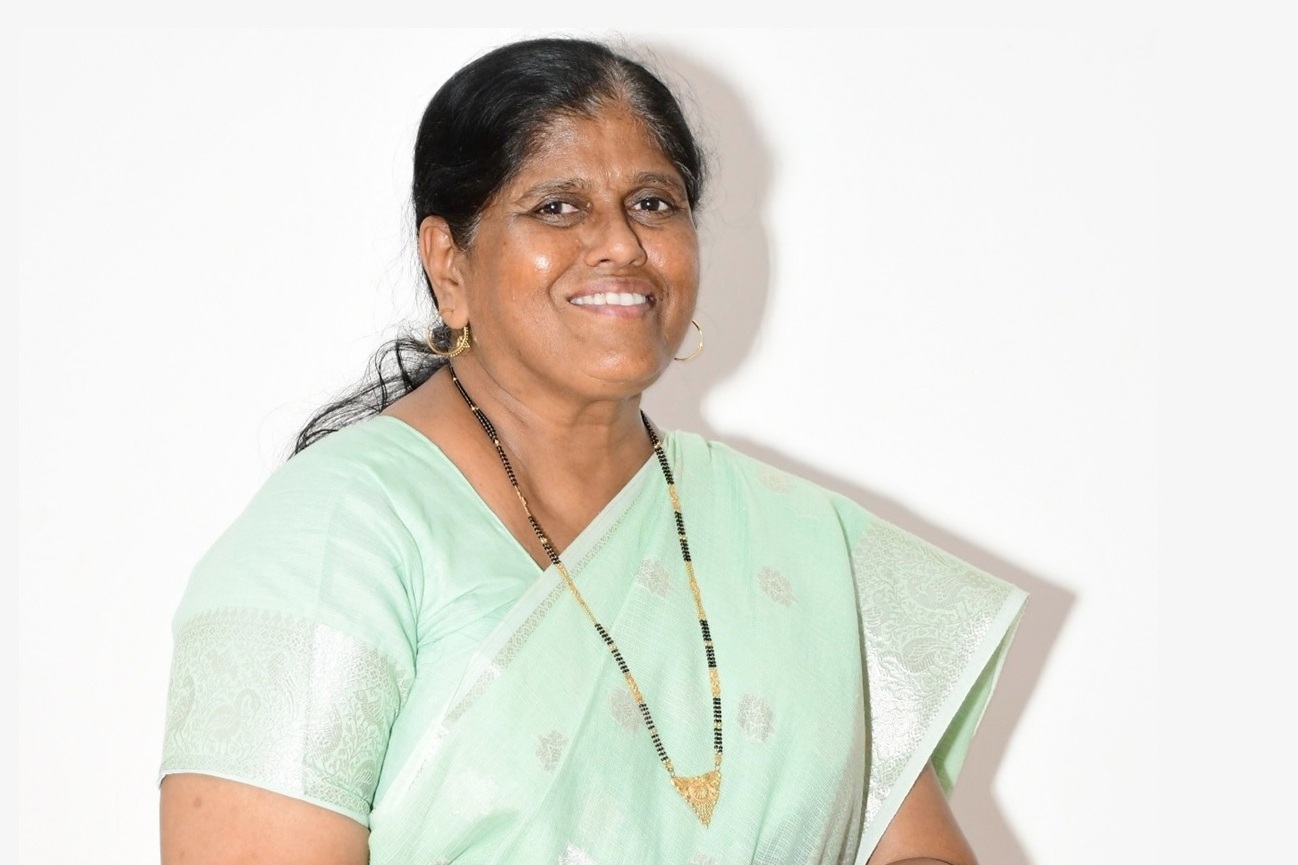



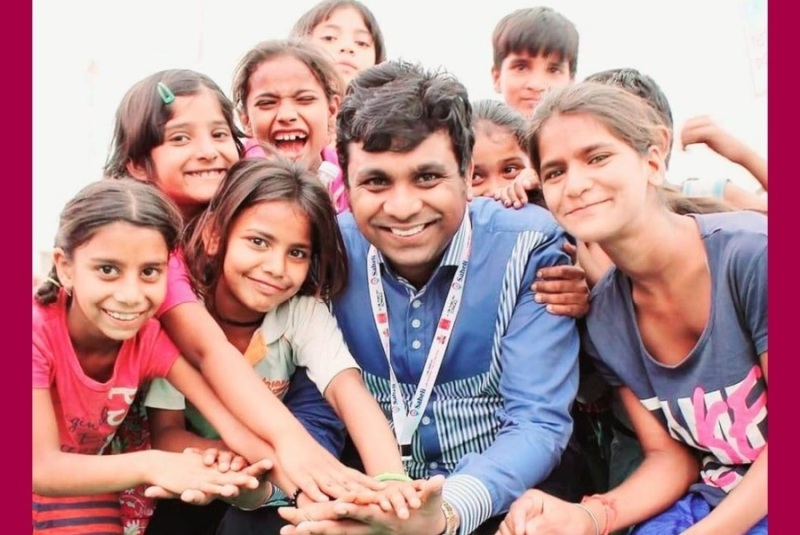
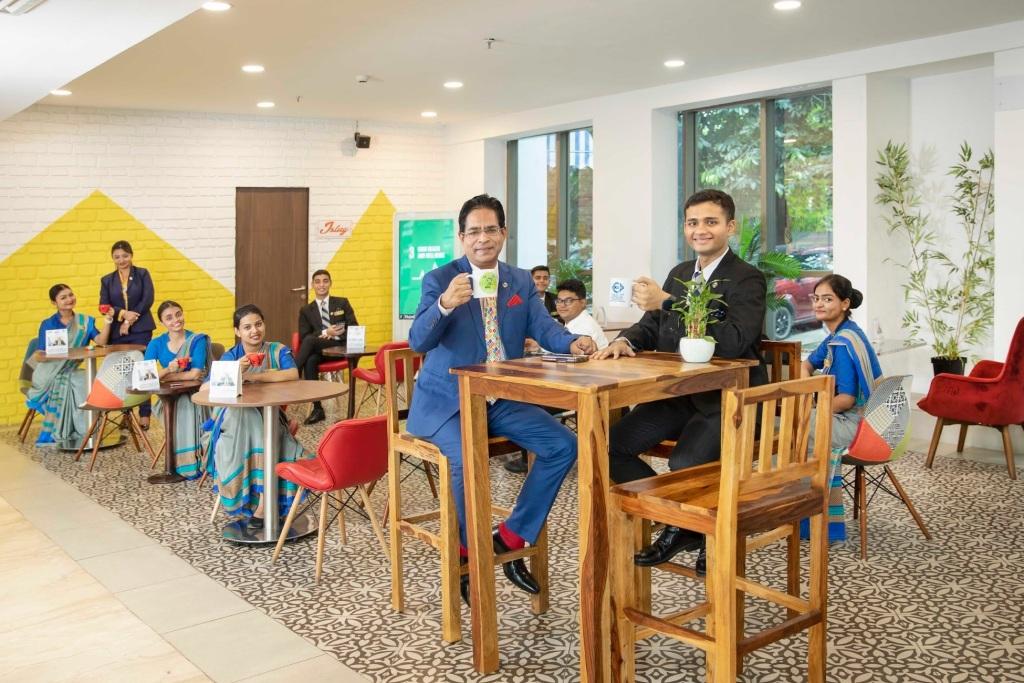

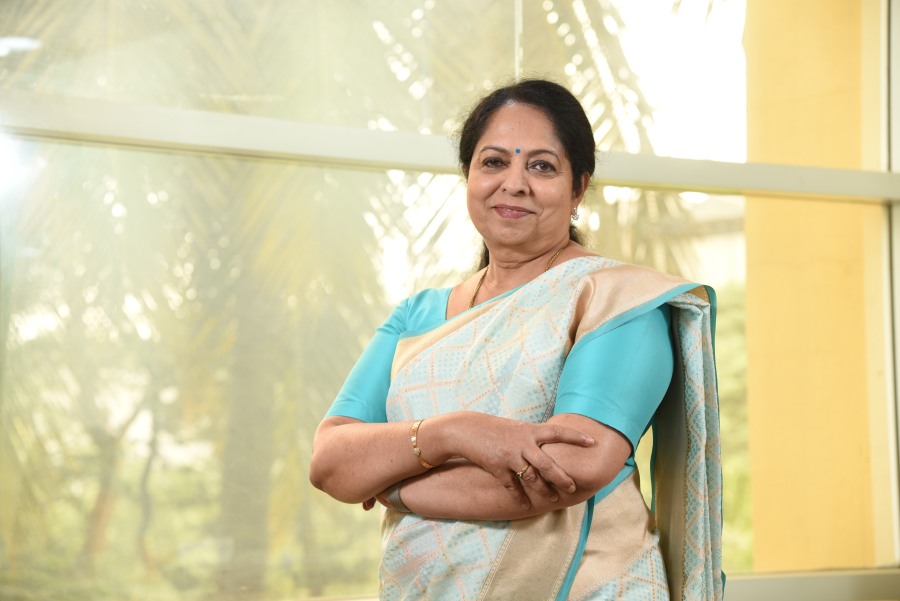
.jpg)
